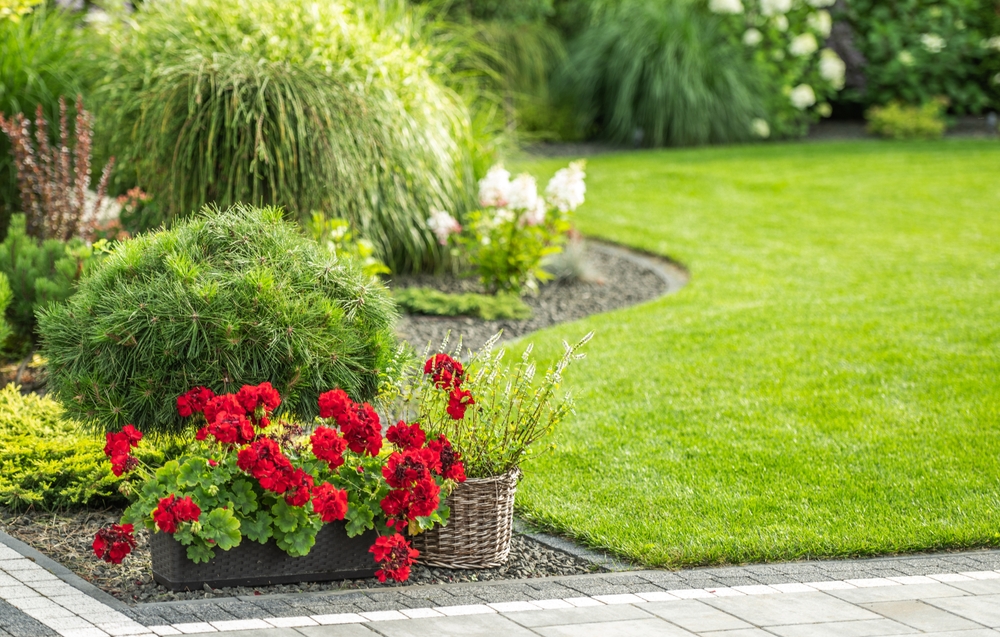If you’ve ever dreamed of growing your own veggies, herbs, or flowers but weren’t sure where to start, raised garden beds are the perfect solution. They’re beginner-friendly, space-efficient, and look amazing in any backyard or balcony. Plus, they make gardening easier on your back and help your plants thrive.
Let’s walk through everything you need to know to get started!
What Is a Raised Garden Bed?
A raised garden bed is basically a big planting box that sits above ground level. You fill it with soil, compost, and plants—no need to dig up your yard! Think of it as a mini garden that you can control more easily.
They’re great for:
-
Poor or rocky soil areas
-
Small yards or patios
-
Anyone who wants a cleaner, more organized garden
Why You’ll Love Raised Beds
Here’s why beginners (and even pros) swear by them:
-
Better Soil Control – You choose the soil quality, meaning healthier plants.
-
Fewer Weeds – Weeds find it harder to invade raised beds.
-
Easy Access – No more kneeling in the dirt!
-
Longer Growing Season – The soil warms up faster in spring.
-
Aesthetic Appeal – They add a neat, tidy look to your space.
How to Build Your Own Raised Garden Bed?
No fancy tools? No problem! Here’s a simple step-by-step guide.
1. Pick the Perfect Spot
Choose a sunny area—most vegetables need at least 6–8 hours of sunlight daily. Make sure the spot has good drainage too.
2. Decide the Size
A good starter size is 4 feet wide and 8 feet long. This gives you enough space for a variety of plants without overdoing it. The width should let you reach the center easily from both sides.
3. Gather Your Materials
You’ll need:
-
Untreated wood planks (cedar or pine are great)
-
Screws or nails
-
A drill or hammer
-
Landscape fabric (optional)
-
Soil mix (topsoil + compost + potting mix)
4. Assemble the Frame
Screw or nail your boards together to form a rectangular box. Don’t worry—it doesn’t need to be perfect. A rustic look adds charm!
5. Prepare the Ground
Clear grass or weeds where the bed will go. You can lay down cardboard or landscape fabric to block weeds from growing underneath.
6. Add Soil
Fill your bed with a mix of 60% topsoil, 30% compost, and 10% potting mix. This creates a nutrient-rich environment that your plants will love.
7. Start Planting!
Now the fun part—plant your favorite veggies, herbs, or flowers! Tomatoes, lettuce, peppers, and basil are great starter plants.
Maintenance Made Easy
-
Water regularly – Raised beds dry out faster than in-ground gardens.
-
Mulch the surface – Keeps moisture in and weeds out.
-
Rotate crops – Helps prevent pests and diseases.
-
Add compost each season – Keeps your soil healthy and rich.
Pro Tip
If you’re short on space, try stackable or vertical raised beds. You can grow strawberries, herbs, or succulents in smaller sections and make the most of your balcony or patio.
Final Thoughts
Starting your own raised garden bed might feel like a big project, but it’s actually one of the easiest and most rewarding ways to garden. You’ll enjoy fresher food, a prettier backyard, and the satisfaction of growing something from scratch.
So grab some wood, dirt, and seeds—your dream garden is just a few steps away!






















